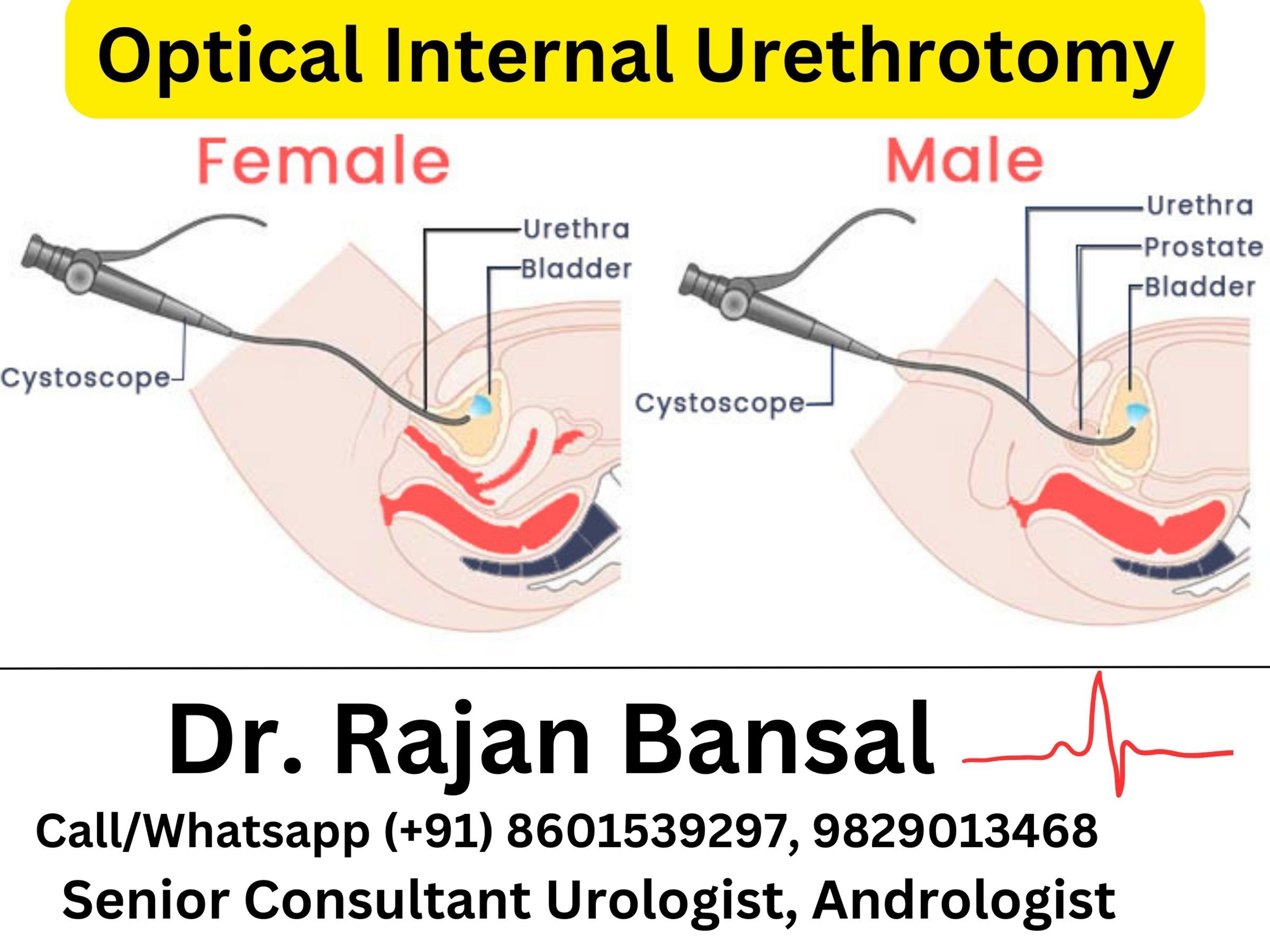RIRS for Large Kidney Stones: Initially, flexible ureteroscopy was primarily employed for diagnostic purposes, as older models lacked a working channel. However, with the introduction of advanced, downsized flexible ureteroscopes featuring enhanced optics, improved deflection mechanisms, and a wide array of supplementary tools such as nitinol baskets without tips, double-flexible tip guide wires, thinner access sheaths with hydrophilic coating resistant to kinking, as well as effective irrigation pumps and fragmentation devices like the Holmium laser equipped with finer 200-micron fibers for accessing the lower calyx without impeding the scope’s deflection capabilities, the applications for flexible scopes have expanded to encompass various procedures. These now include the treatment of kidney stones, renal pelvic tumors, and calyceal diverticula.

Under normal circumstances, RIRS is reserved for stones smaller than 1.5 to 2 cm only. Larger stones are operated via a procedure called as PCNL (Percutaneous Neprolithotripsy). However there are significant differences between the two as you can read in this article – PCNL Vs RIRS
In general, both PCNL and RIRS are minimally invasive procedure. However, if you do really compare the two, in PCNL we make a small 1 cm incision on the body of the patient, but in RIRS we really don’t make any incision on the body at all. The entire procedure of RIRS is carried out via the natural urinary passage and the patient is discharged the next day. This is the reason why RIRS is gaining popularity.
In this article we will explore more about the application of RIRS procedure for larger stones (which otherwise would have been operated by PCNL).
RIRS for Large Kidney Stones
As aforementioned, RIRS can be performed for larger stones under some special circumstances such as:
- Previous ESWL Failure – ESWL (Extracorporeal shock wave lithotripsy) was largely popularised a decade ago for being the ultimate procedure for stone removal with the help of shock waves. However, we know today that ESWL had a lot of limitations like it could not remove all kinds of stones. Sometimes, even after the procedure, 100% stone clearance could not be obtained and further procedures were needed afterwards. In such cases, where ESWL has not cleared the stones, RIRS can be performed to remove the stones. In today’s scenario, ESWL is hardly a preferred choice as we have much better procedures like RIRS with better success rates and lesser cost.
- Post PCNL Residue – Sometimes, when the anatomy of the kidneys isn’t favourable, there might be small fragments that are left after performing PCNL. In such cases RIRS can be done to remove those fragments.
- Cosmetic Consideration – Usually young patients have cosmetic consideration and they do not want any sort of incision on the body. In such cases, after a proper evaluation, RIRS can be considered for larger stones as well.
- Bleeding Disorders – In patients with bleeding disorders or in patients who are on blood thinners, RIRS is preferred over PCNL since there are no incisions made on the body. Therefore significantly reducing the risk of any bleeding mishaps etc.
- Large Soft Stones – There are these special kind of stones that can be found in some patients. There stones are easily removable by RIRS and there is no need make any incision on the body even if these stones are large in size. Hence, it is extremely important to consult a Urologist who is experienced in minimally invasive procedures for stone removal. Expert urologist can evaluate the type of stone through some tests and then suggest the most acceptable procedure for the patient.
Studies done for RIRS procedure in Large Renal Stones
There are not a lot of available studies which are done because RIRS is comparatively a newer modality and it quite expensive even for a hospital set up to purchase and maintain. In addition, the urologist needs to go through a learning curve as well as be confident enough to perform such minimally invasive procedures.
There was a study done by M. Prabhakar, where they performed RIRS for large renal stones in 30 patients. With incredible success rate of 100%, this study proves beyond doubt that with better equipments and experts team, it is possible to treat such large renal stones without any incision on the body. Plus like we have mentioned so many times before on our blogs, RIRS is superior to any other procedure in terms of less complications, less morbidity, early discharge, better stone free rates and better patient satisfaction rates.
Best Hospital for Large Kidney Stones Removal via RIRS or Minimally Invasive Procedures – Institute of Urology, Jaipur
At Institute of Urology, Jaipur we have a team of expert and experienced urologists along with a highly trained and competent staff who are here to bring you the best possible treatment with most comfortable experience. We have state of the art infrastructure as well as advanced equipments procured from International locations in order to bring nothing but the best to our patients.
We have successfully performed RIRS for large stones at our hospital with 100% stone clearance rate in a single sitting so far. With careful evaluation, treatment planning and patient co-operation, it is possible to obtain magnificent results with minimally invasive procedures. We are the first Urology Hospital in Rajasthan who cater to advanced urological surgeries as well as other minimal access surgeries.
If you’d like to discuss your concerns with us, do not hesitate to give us a call on (+91) 98290 13468. You can now avail the facility of online consultation to discuss your problems in detail with our consultants. Our doctors can be reached Monday to Saturday during working hours.
Dr. M. Roychowdhury – 9929513468
Dr. Rajan Bansal – 8601539297







